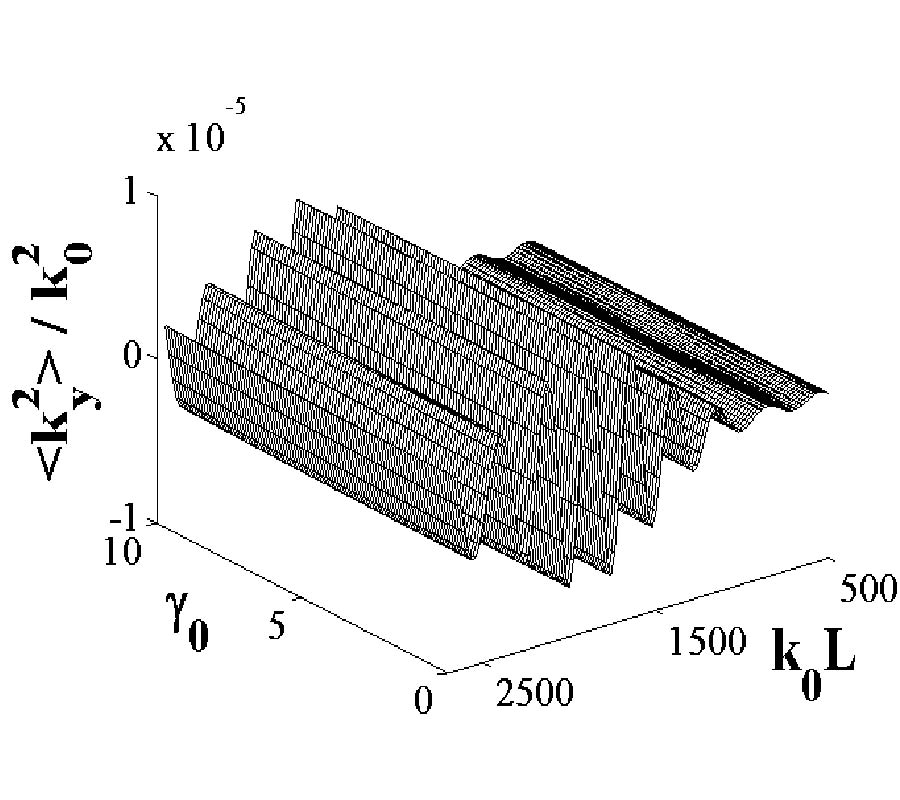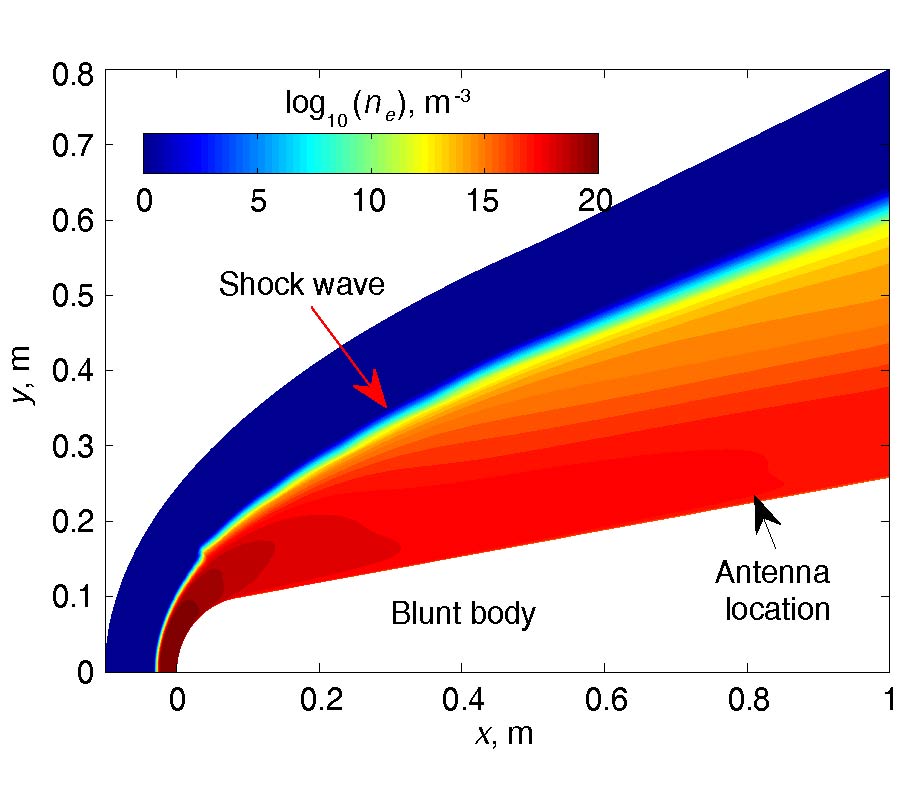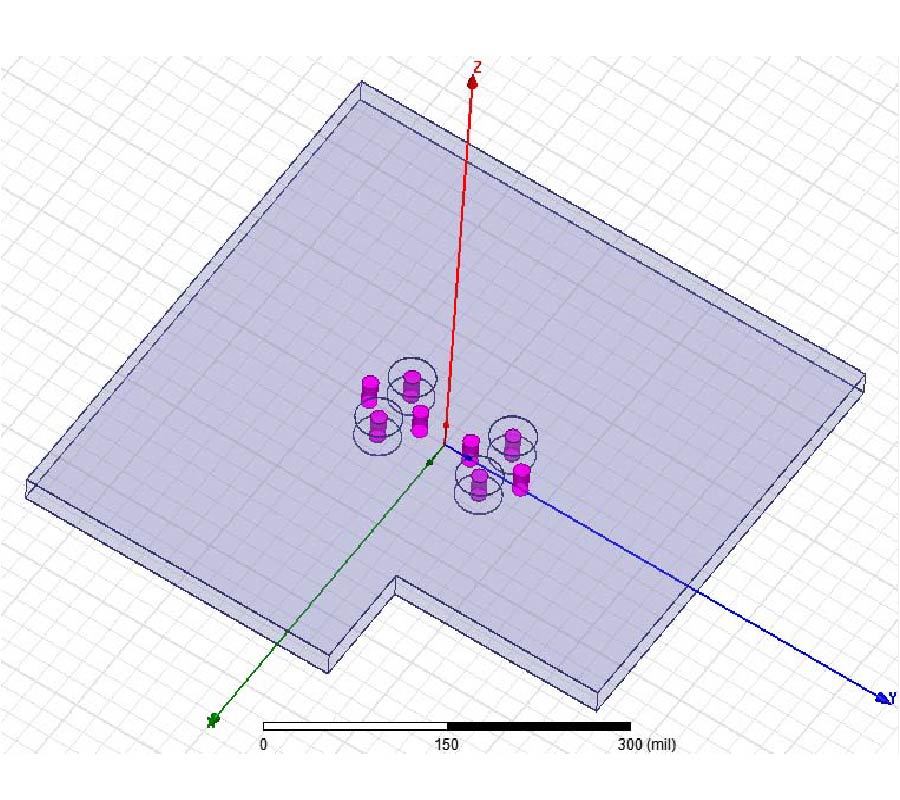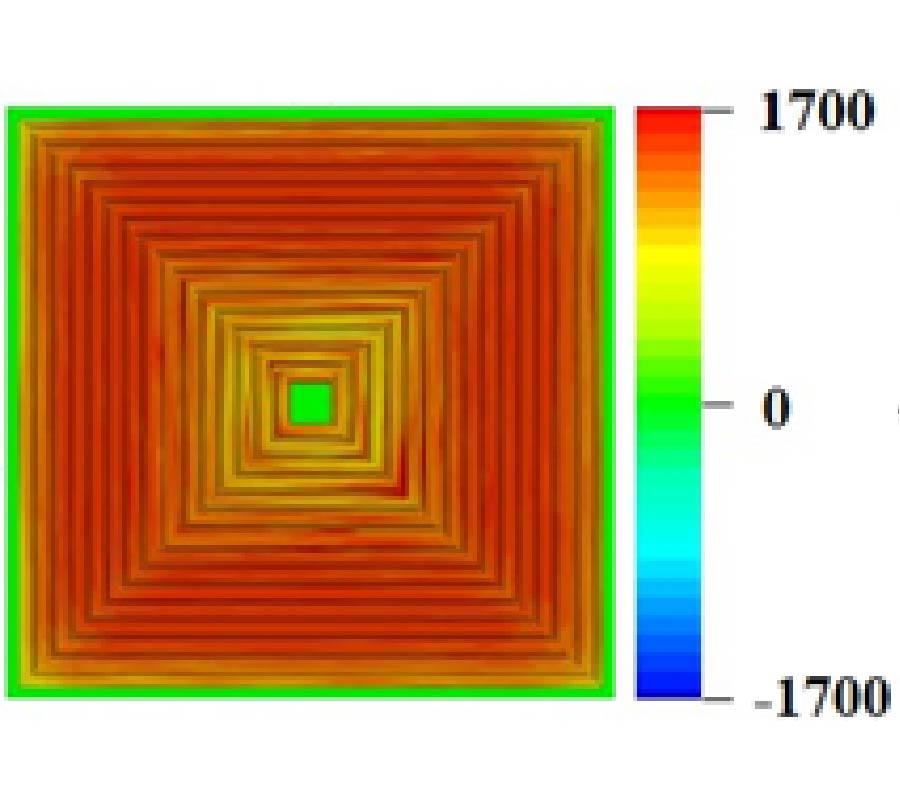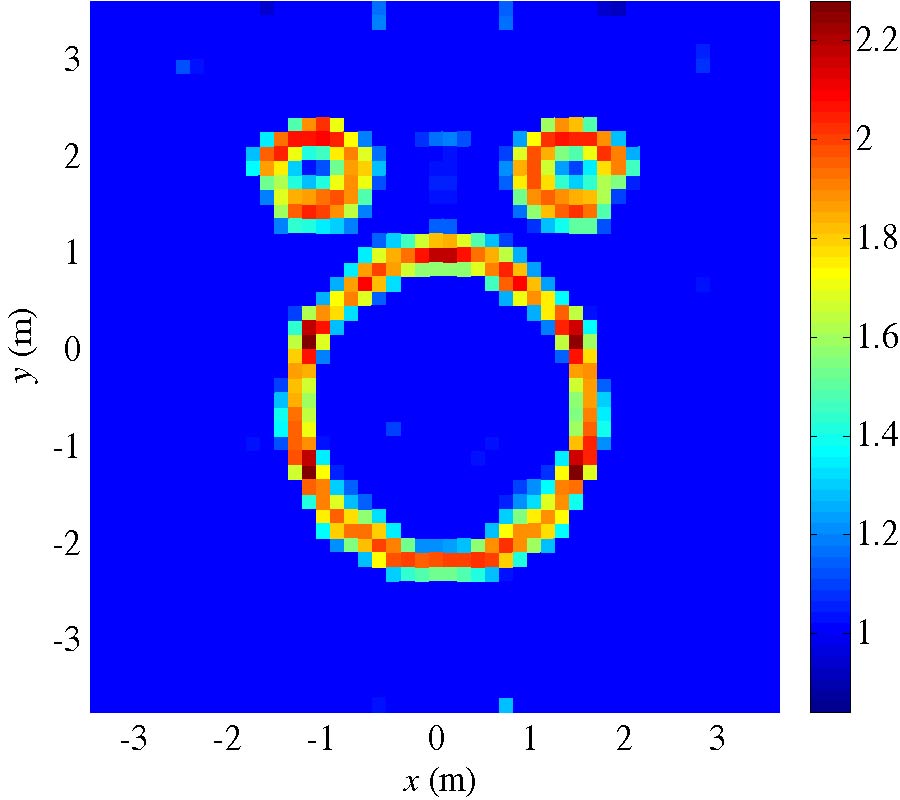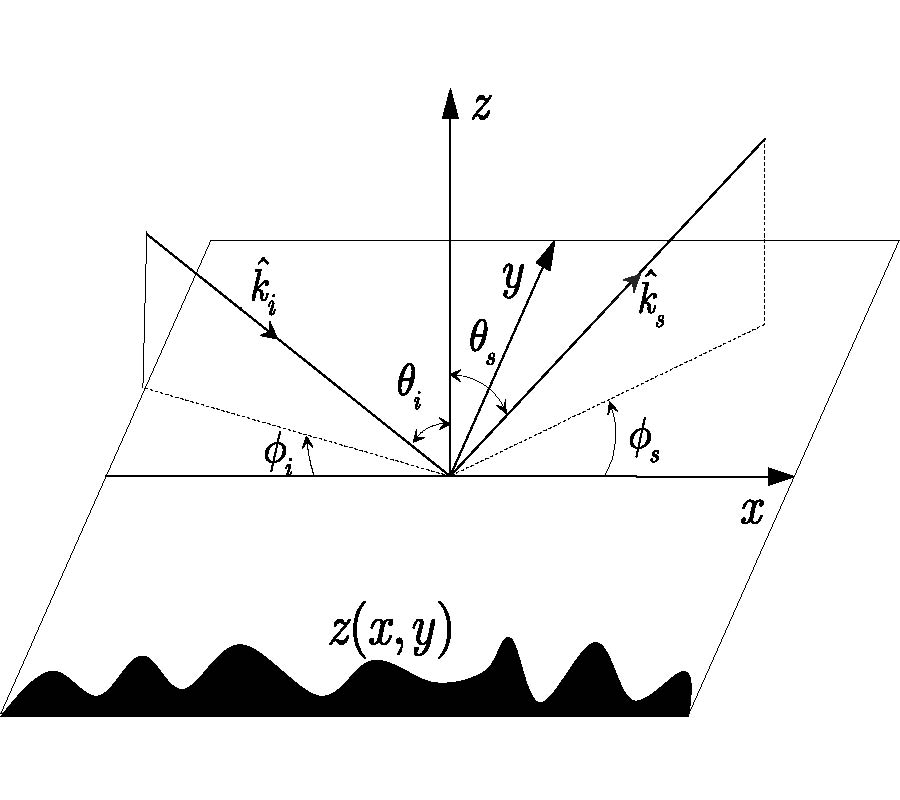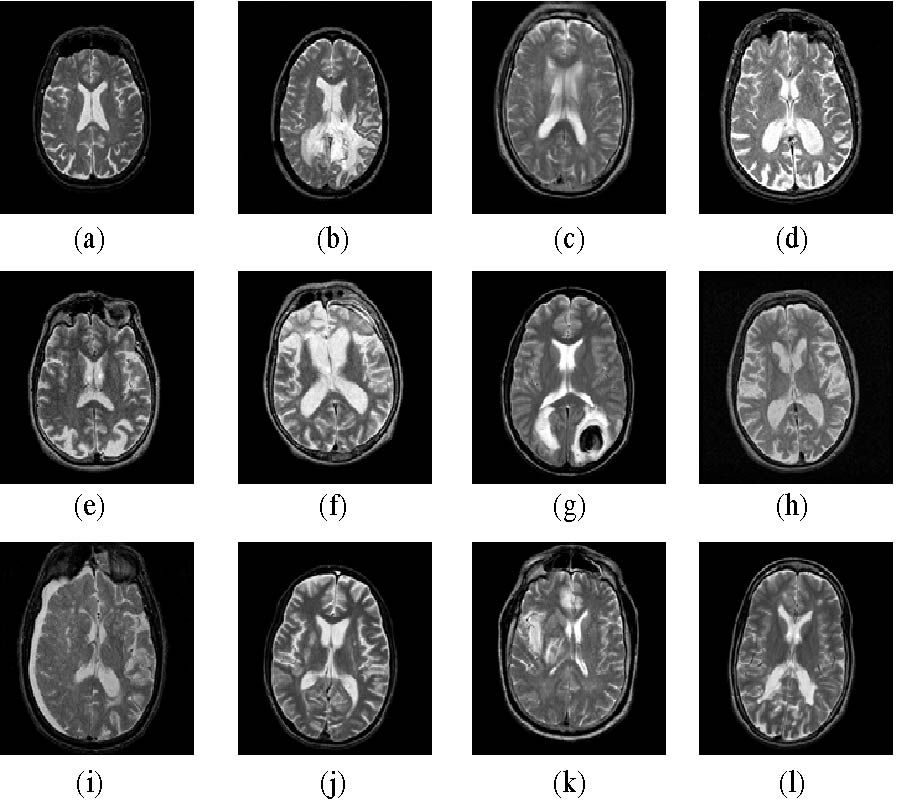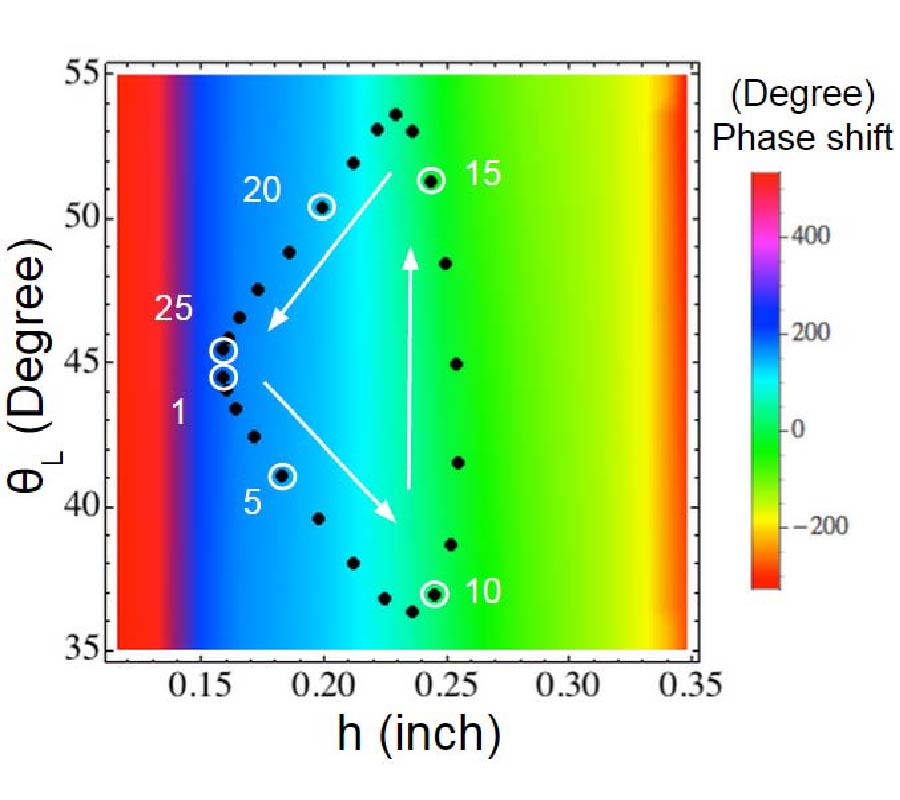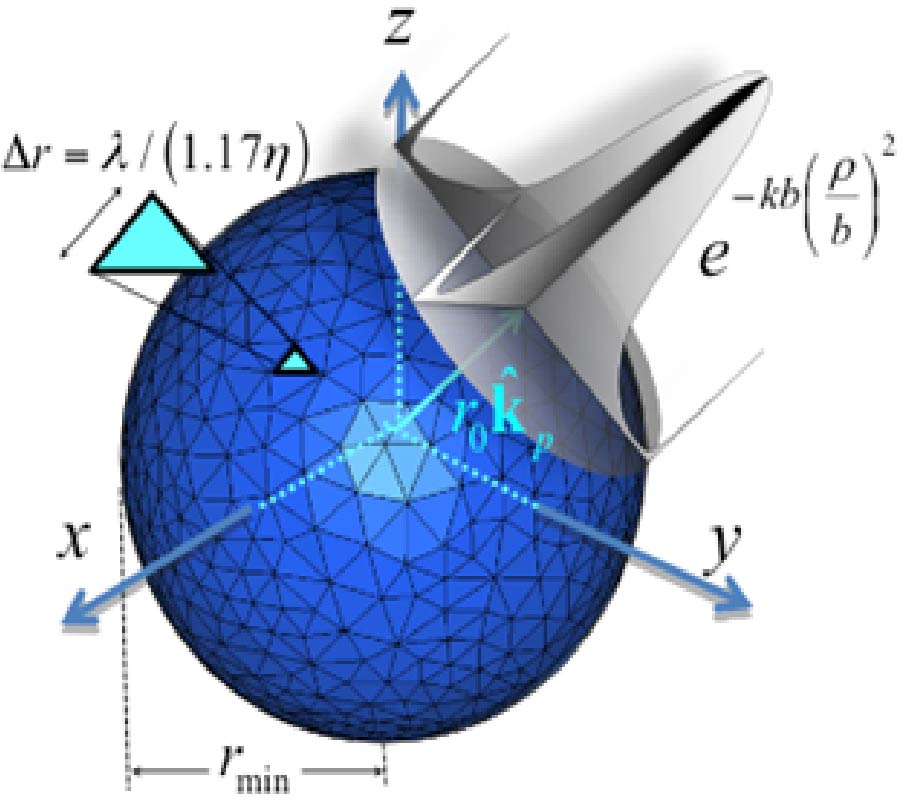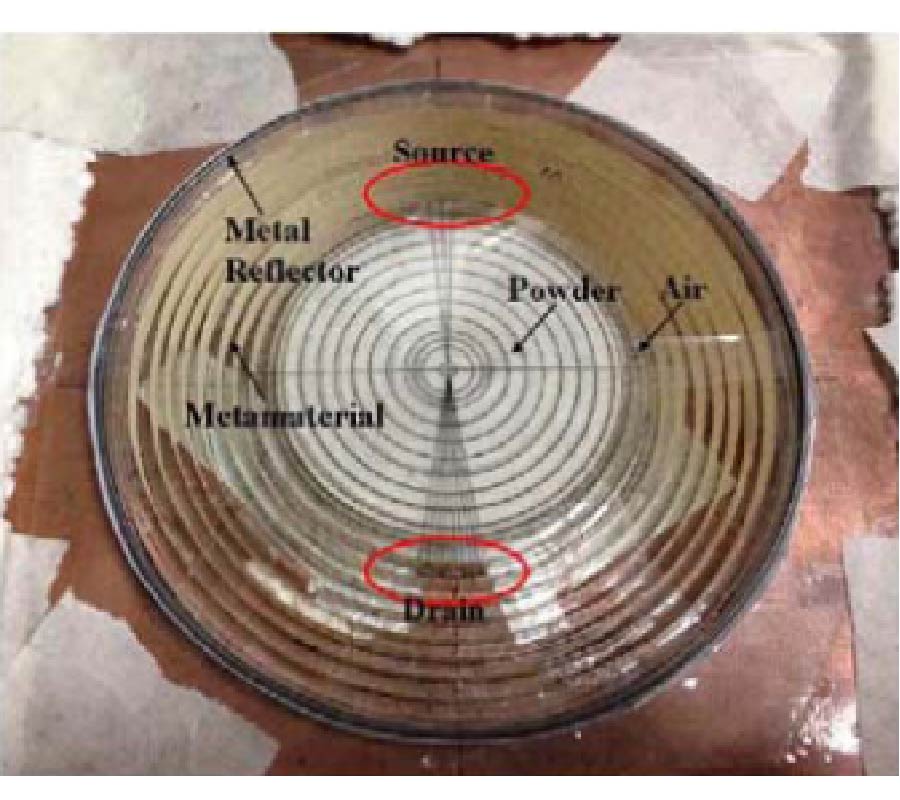Can Maxwell's Fish Eye Lens Really Give Perfect Imaging? Part III. a Careful Reconsideration of the ``Evidence for Subwavelength Imaging with Positive Refraction''
Sailing He,
Fei Sun,
Shuwei Guo,
Shuomin Zhong,
Lu Lan,
Wei Jiang,
Yungui Ma and
Tiantian Wu
Many scientists do not believe that Maxwell's fish eye mirror (MFEM) can provide perfect imaging even if there is a drain array around the imaging points. However, one microwave experiment found a case where a 0.2λ resolution could be achieved in an MFEM experiment [New J. Phys. 13 (2011) 033016]. In this paper, we show that the MFEM cannot resolve two imaging points at such a subwavelength resolution in most cases even in the presence of a drain array, and an extraordinary case of subwavelength imaging requires a particular phase difference between two coherent sources. Both numerical simulations and experimental results show that the phase difference of two subwavelength-distanced coherent sources greatly influences the field distribution around the drain array. In very few cases (when the phase difference of the two sources is chosen to be a very specific value), we might resolve the image points in the drain array under the assumption that the power absorbed by the scanning cable on the left side of the drain array should be symmetric to that on the right side of the drain array [New J. Phys. 13 (2011) 033016]. However, in most cases, we cannot obtain a super-resolution imaging, as other drains around the image points will greatly influence the imaging. We also note that the experiment assumed that the power absorbed by the scanning cable on the left and the right sides of the drain array is symmetric is not correct for the experiment reported in [New J. Phys. 13 (2011) 033016], as the drain array itself is not symmetric. The highly non-symmetric distribution of the absorbed power is also verified by our simulation and experimental results. The experimental ``result'' of resolving two image peaks could potentially be recovered using only a single image peak, which demonstrates the wrong assumption of mirror symmetry. Comparisons and comments on perfect passive drains, ``super-resolution'' in a spherical geodesic waveguide, and time reverse imaging are also given.
